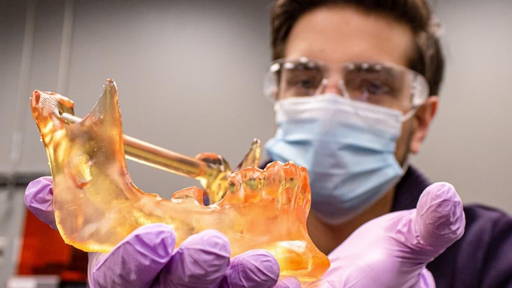A breakthrough in wearable health technology could transform how epilepsy is monitored and managed. Researchers from the Université de Montréal and the CHUM Research Center have developed a smart shirt that detects epileptic seizures in real time. Potentially reducing injury risk and improving quality of life for millions of patients worldwide.
Epilepsy affects one in every 100 people globally, causing seizures that can range from brief, subtle lapses in awareness to severe convulsions and loss of consciousness. While medication helps most patients, about one-third continue to experience seizures despite treatment. For them, continuous monitoring could be lifesaving.
Turning motion and breath into vital data
The Montreal team, led by neuroscientists Dang Khoa Nguyen and Élie Bou Assi, designed the biometric shirt to measure breathing, heart rate and movement. The garment, originally created for athletes, integrates textile sensors, ECG electrodes and an accelerometer. Together, these elements record subtle physiological changes, like irregular breathing or increased heart rate, that often occur during a seizure.
“Detection means recognizing a seizure as it happens,” says Professor Nguyen, who also holds the Canada Research Chair in Epilepsy and Functional Anatomy of the Human Brain. “It allows for immediate intervention before complications arise.”
Once abnormal patterns are detected, the shirt can automatically send an alert to caregivers, family members or medical professionals, enabling a rapid response that can prevent serious injuries.

Real-world accuracy
In clinical studies published in Epilepsia Open, the smart shirt successfully detected up to two-thirds of seizures in real time. The system maintained a low rate of false alarms, about one every two days, which researchers have since cut in half by training the AI algorithms to better distinguish between seizures and normal rhythmic movements.
The next step is testing the technology outside the hospital in real-life conditions. “Our goal is to create a reliable, user-friendly system that patients can wear comfortably at home,” says Bou Assi.
From epilepsy to broader medical use
Beyond epilepsy, this technology holds promise for a wide range of conditions. The same sensors could be used to monitor cardiac arrhythmias, sleep apnea, or even vital signs in hospital patients. Researchers envision a future where the smart shirt becomes a kind of “digital hospital gown”, continuously transmitting patient data without the need for bulky monitors or wires.
Nguyen believes the impact could be profound: “Parents of children with epilepsy could sleep knowing their child is safe. Adults could live more independently. This technology gives patients and families peace of mind.” By merging AI, biosensing and wearable design, the smart shirt represents a major step forward in personalized, continuous health monitoring and a glimpse into the future of digital medicine.
Realtime monitoring
This summer, an international team has developed an implantable device that could transform epilepsy monitoring. The new subcutaneous electroencephalography (sqEEG) system allows continuous, long-term measurement of brain activity in real-life settings.
Roughly the size of a coin, the device is implanted just beneath the scalp and connected wirelessly to a small external module. In a 15-month clinical study involving ten adults with drug-resistant epilepsy, the sqEEG recorded over 72,000 hours of brain activity and identified 754 seizures. Results revealed that traditional self-reported diaries are highly unreliable, patients accurately logged less than half of their seizures.
According to lead researcher Professor Mark Richardson, sqEEG provides objective, continuous data that enables more precise diagnosis and personalised treatment. The technology marks a major step forward in home-based neurological monitoring, improving care for people with severe epilepsy.







